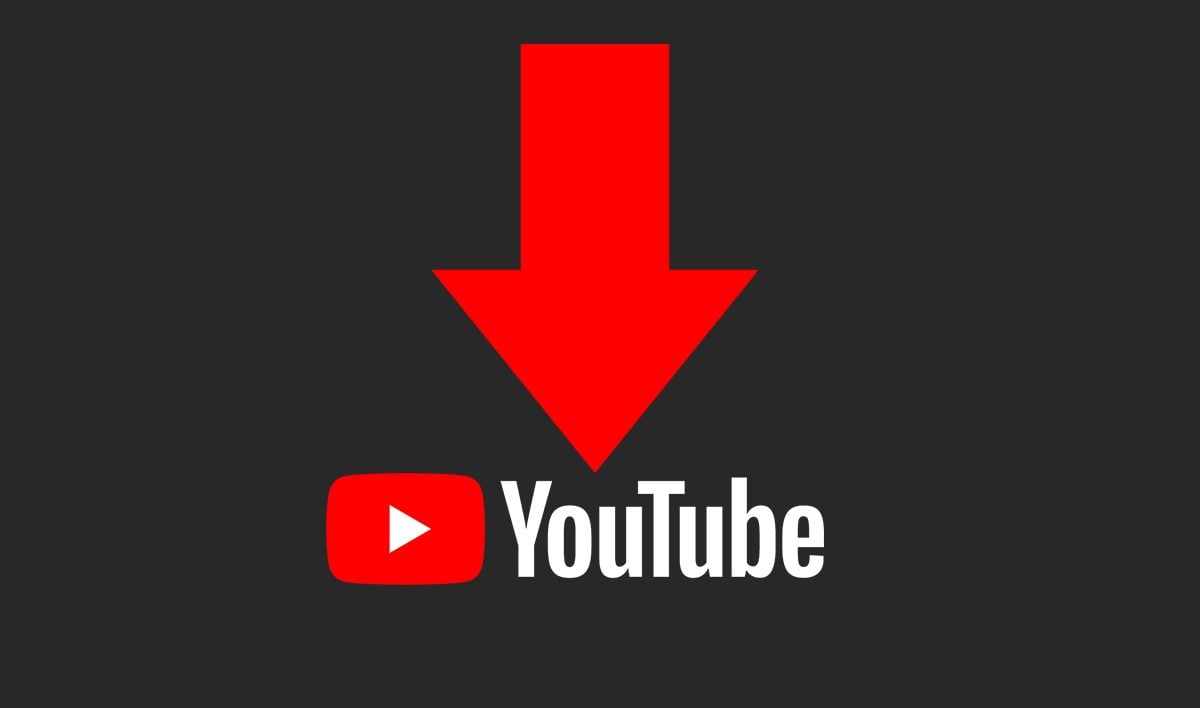Case Converter: Transform Your Text Effortlessly
Case converters are tools designed to change the case of your text easily and effectively. Whether you’re working on a document, coding, or simply formatting a piece of content, changing between uppercase, lowercase, or title case is often necessary.
What is a Case Converter?
A case converter is a tool that allows you to modify the capitalization of text. For example, it can transform lowercase letters into uppercase letters, or convert a block of uppercase text into lowercase. Some converters even allow for title case conversion, where each word starts with an uppercase letter.
Types of Case Conversions
Case converters typically offer three main types of transformations:
- Uppercase: All letters are capitalized (e.g., "HELLO WORLD").
- Lowercase: All letters are converted to lowercase (e.g., "hello world").
- Title Case: The first letter of each word is capitalized (e.g., "Hello World").
Benefits of Using a Case Converter
Using a case converter saves time and ensures consistency. Instead of manually adjusting text case, a case converter tool quickly transforms text with just a few clicks. This is especially useful for content creators, developers, and professionals who handle large volumes of text.
Who Can Benefit from a Case Converter?
Anyone who regularly works with text can benefit from a case converter. Writers can use it for formatting, designers can apply it to maintain consistency in their work, and developers can format strings for coding purposes. It’s a versatile tool that helps improve productivity.
Conclusion
In today’s digital world, case converters are a simple yet powerful tool for anyone working with text. Whether you need to capitalize a title, standardize content, or simply format text quickly, a case converter is an essential tool to streamline your work.

.png)

.png)




